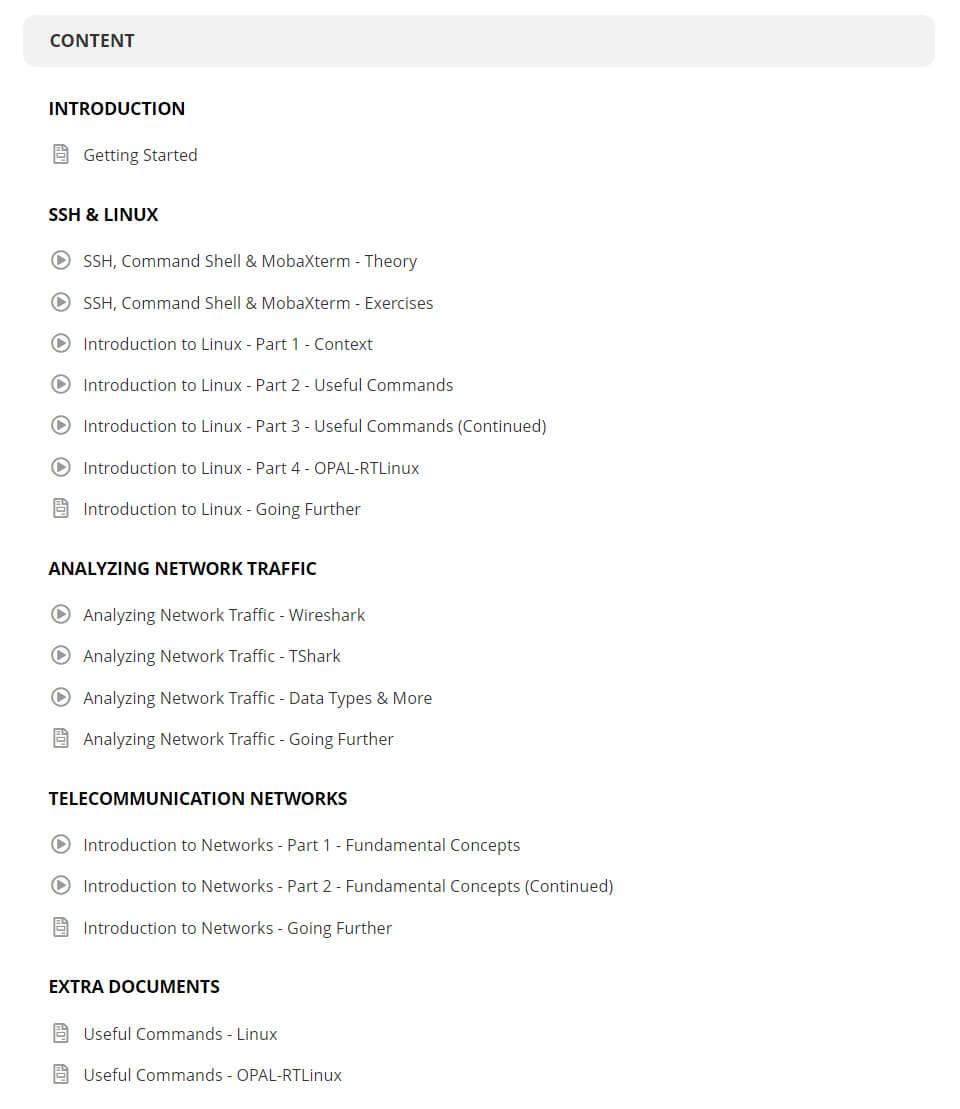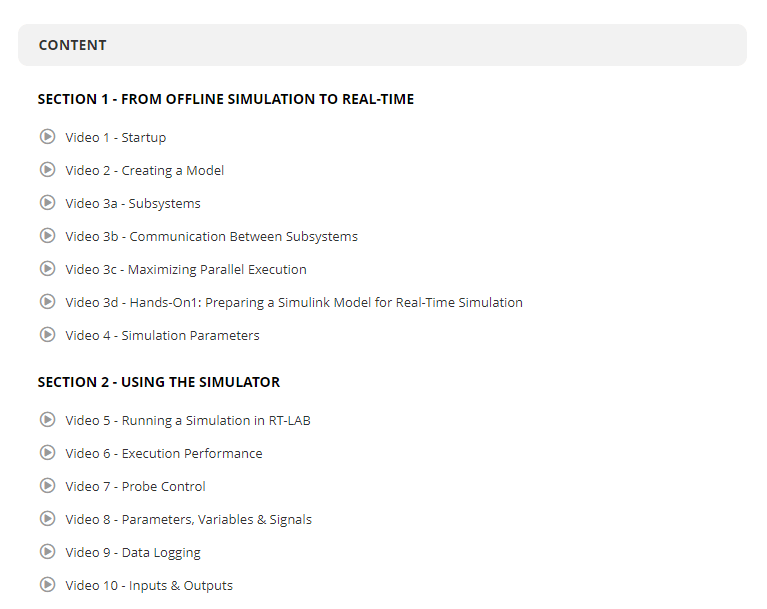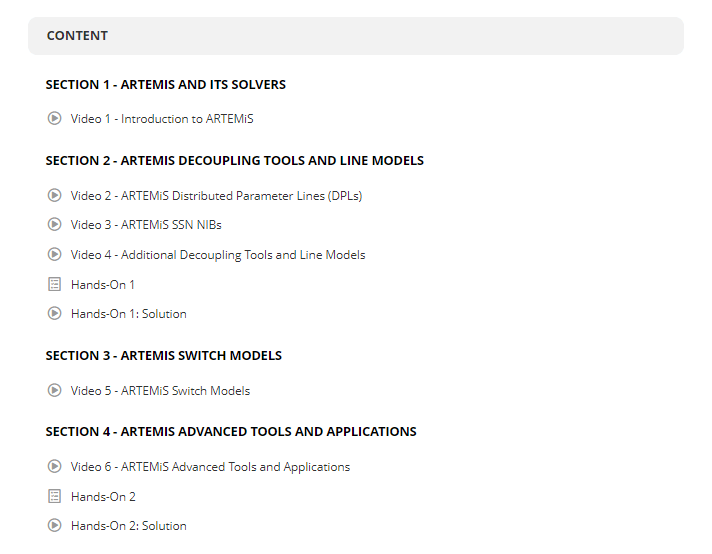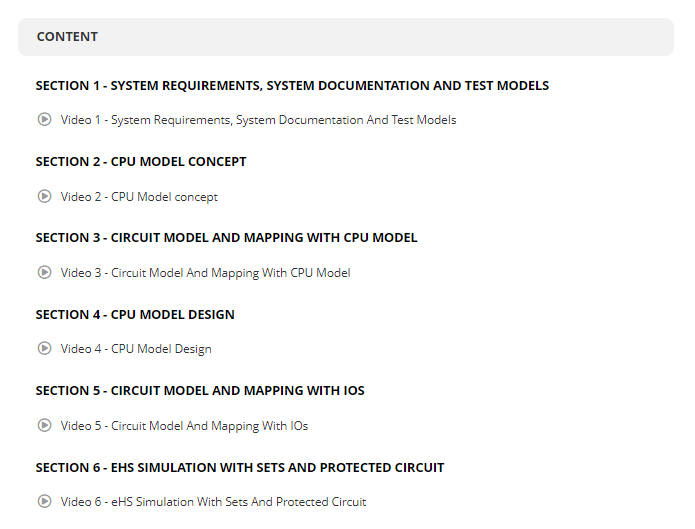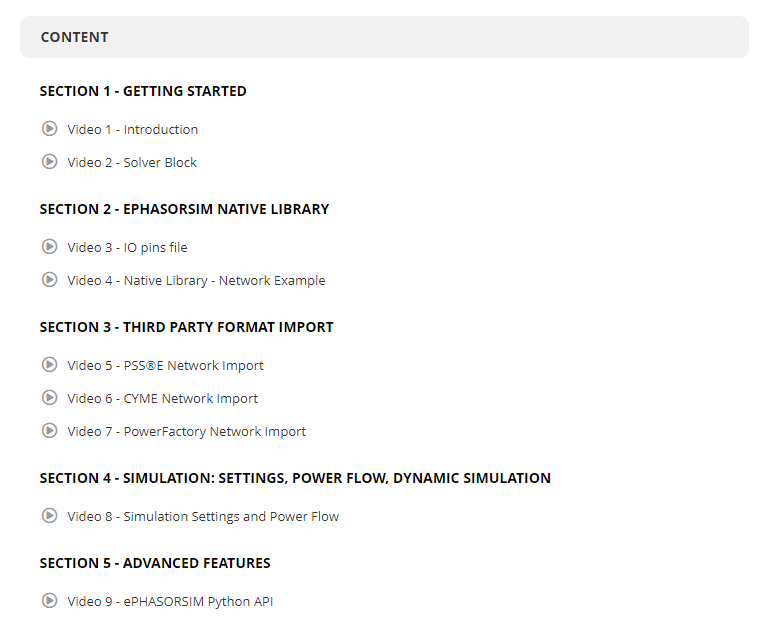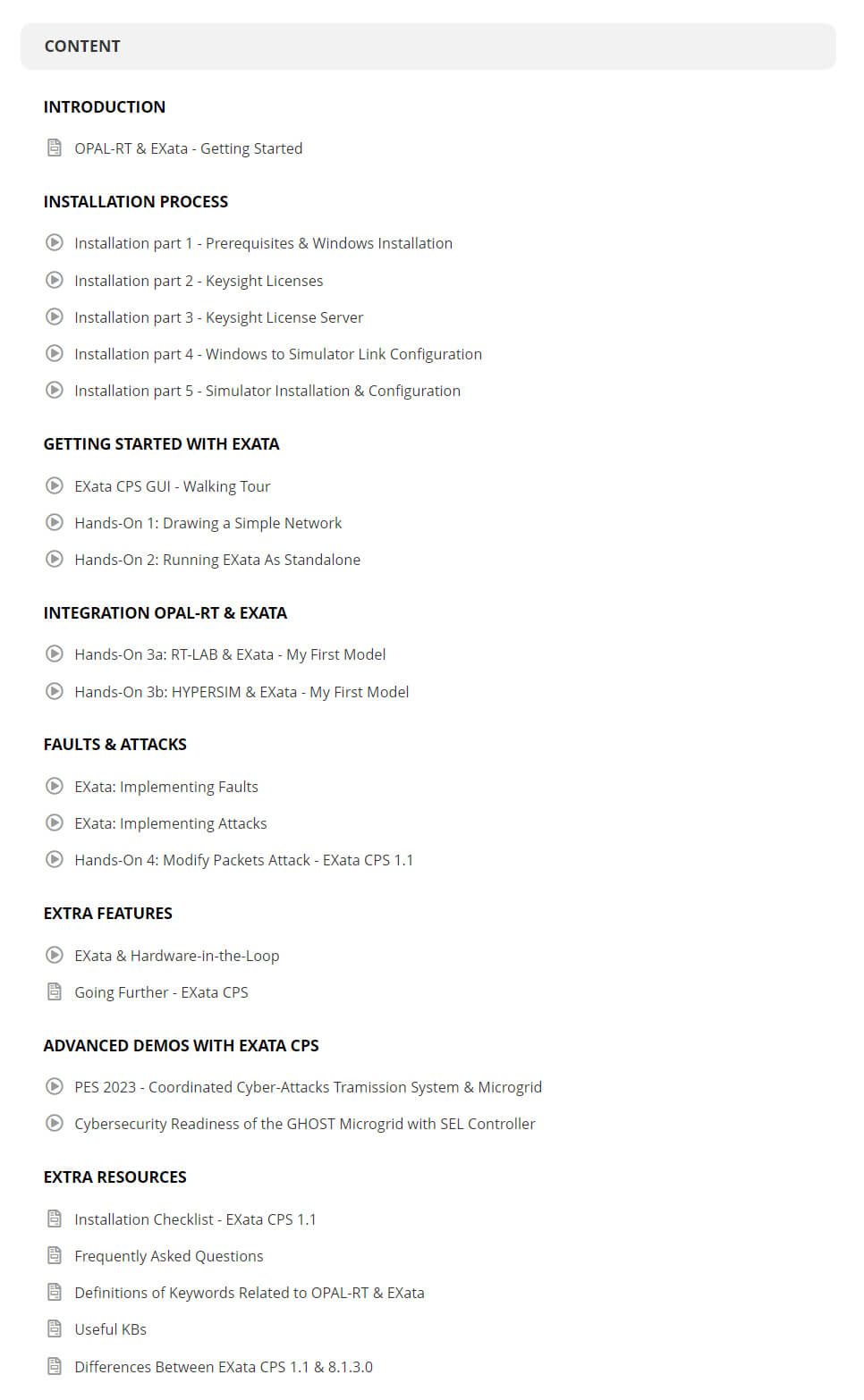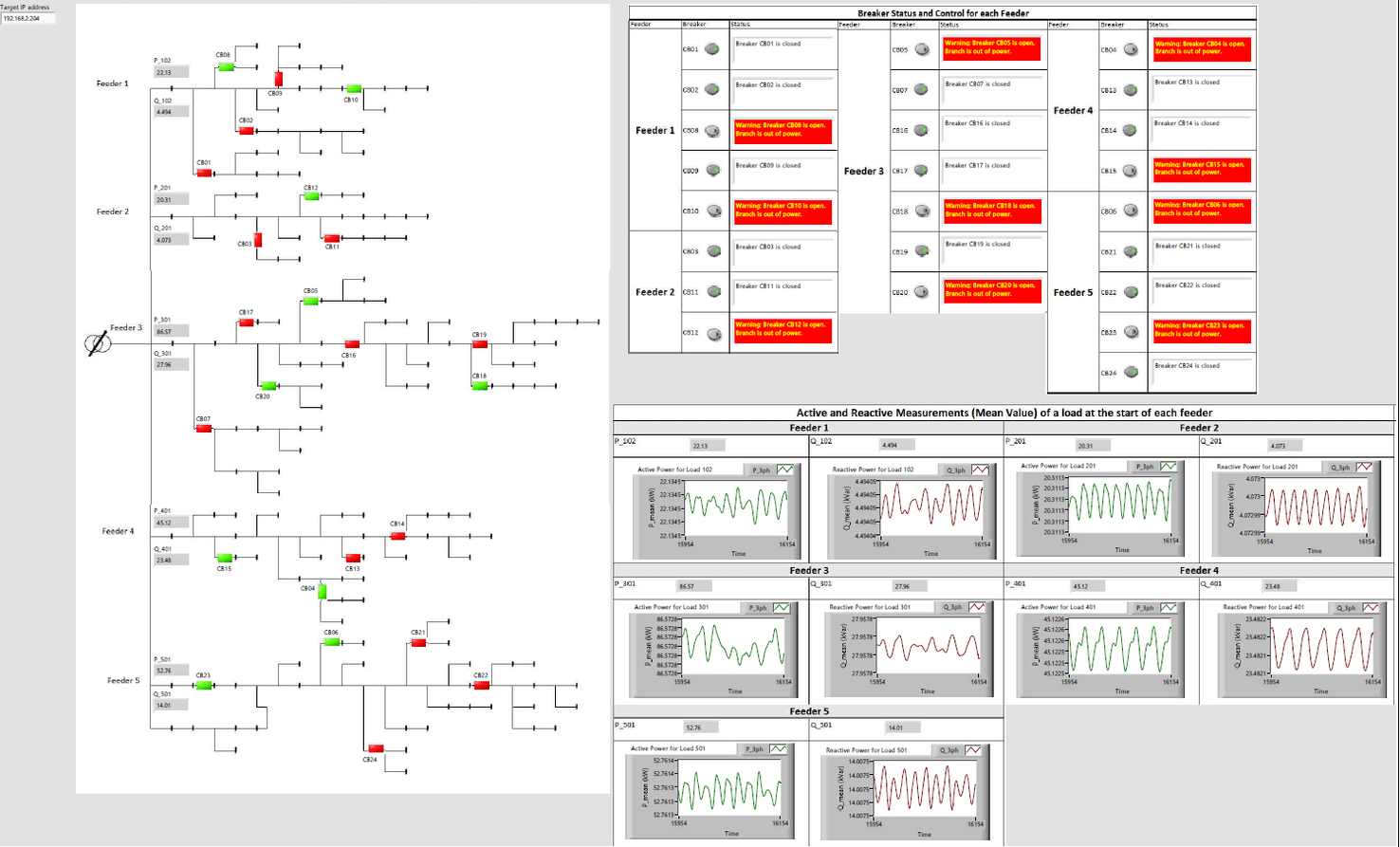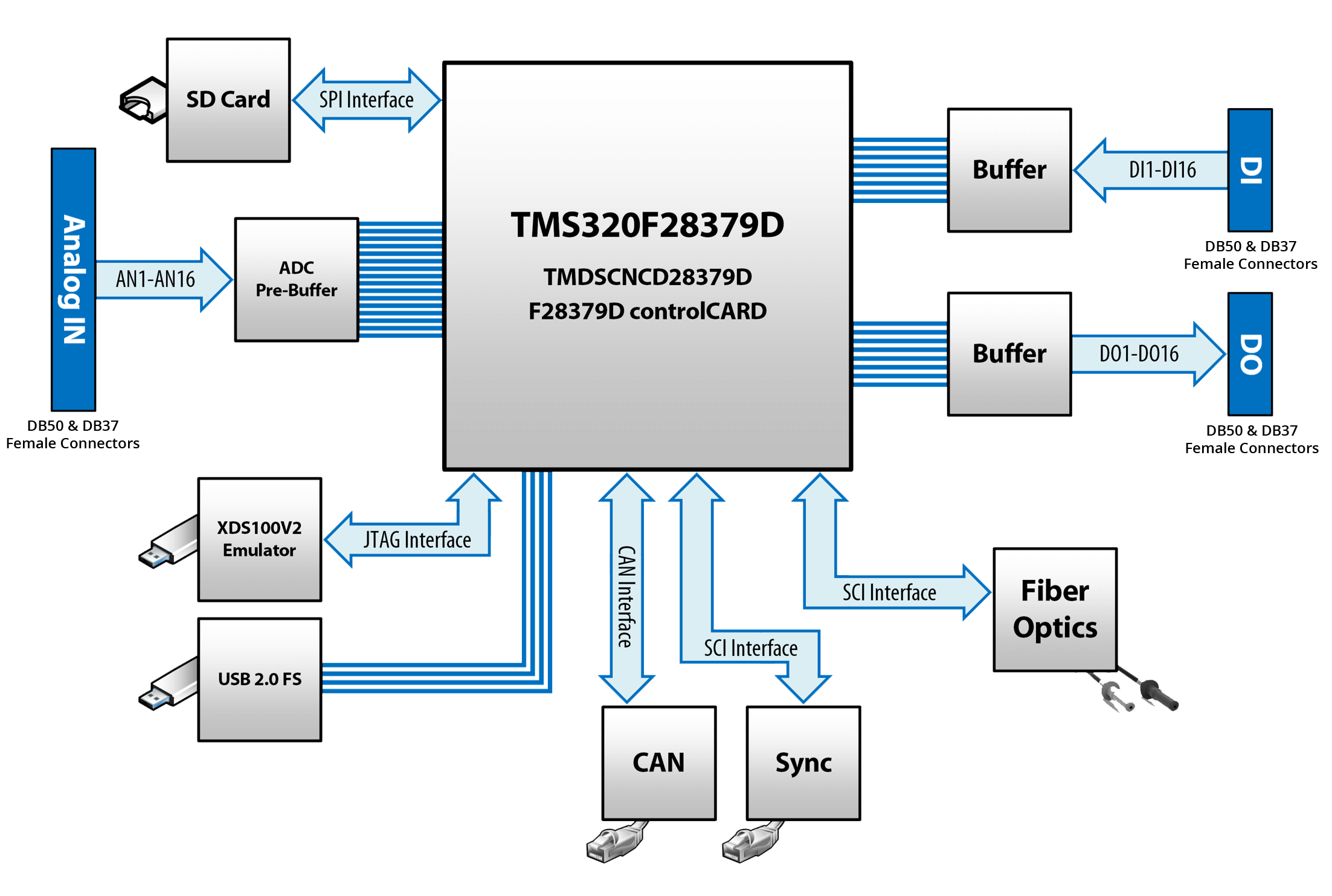Knowledge Base
Welcome to OPAL-RT’s Knowledge Base
OPAL-RT offers a repository of support information for optimal use of its technology.
Please note that OPAL-RT knowledge base is not fully optimized for mobile platforms.
For optimal experience, use a desktop computer.
|
Reference Number: AA-01770// Views: AA-01770// Created: 2019-11-22 15:57:16// Last Updated: 2019-11-25 21:43:14 HowTo OP5607 MUSE Remote SAFE Flash Programming Procedure OverviewThis article assumes that the Xilinx Virtex 7 FPGA, onboard an OPAL-RT OP5607 expansion chassis, has already been programmed with the *.bit SAFE bitstream as in this KB article. At this point, the FPGA flash can and must be programmed with the *.bin SAFE bitstream via the SFP fiber optic cable connected to a Central target simulator. Procedure
2) Ideally, use MobaXterm and connect to the Central target simulator. Verify that the SAFE is well programmed on the remote by looking if it is detected by the Central target simulator. To do so, simply run the command below: /usr/opalrt/common/bin/flash_update -bim Both the Central and the Remote FPGAs should be detected.
3) At this point, it is confirmed that the SAFE has been properly programmed via JTAG (*.bit file). Now, re-program the SAFE again but via the flash_update command (*.bin file). To do so, use MobaXterm and: a. Copy the SAFE *.bin file (attached) in the target /home/ntuser/ folder b. Run the command below: /usr/opalrt/common/bin/flash_update -central 0 - where 0 is the central Board ID (if different, use the right number); - where 1 is the remote Board ID (if different, use the right number); - and where /home/ntuser/VC707-EM-0000-SAFE-FFFF-0018.bin is the exact path of the bitstream 4) Everything can be validated by following this KB article
|



